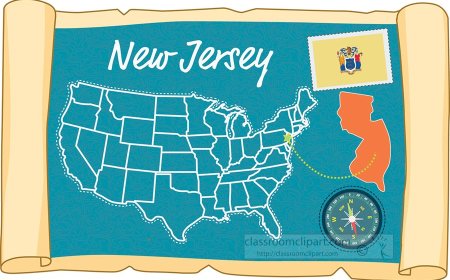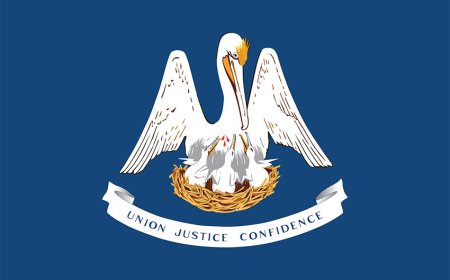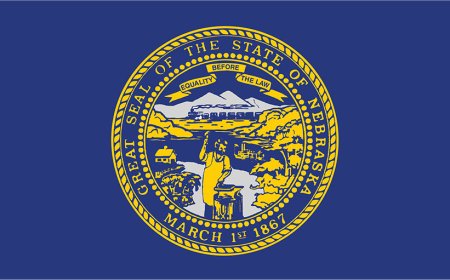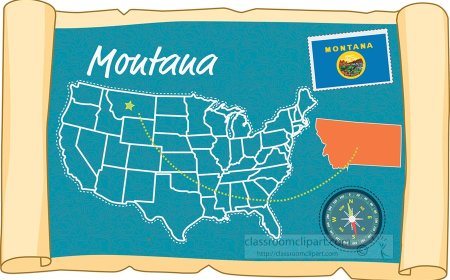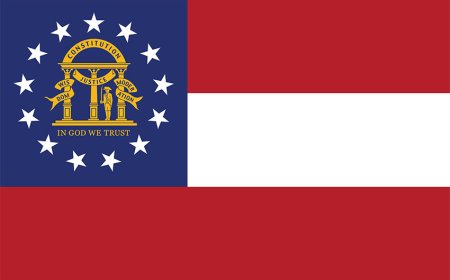Connecticut for Kids: Fun Facts Quiz and Encyclopedia Article
Explore Connecticut’s landmarks history culture and take our quiz in this kid-friendly encyclopedia article about the Constitution State.
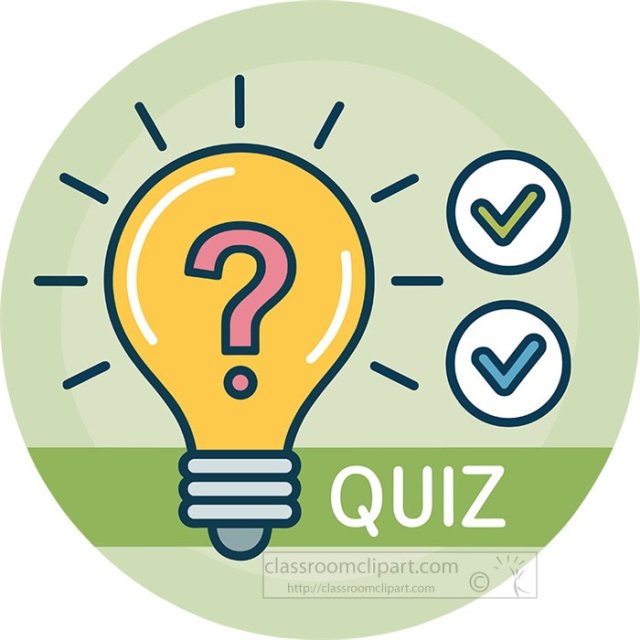
Introduction
Connecticut, known as “The Constitution State,” played a key role in early American history when it adopted one of the nation’s first written frameworks for governance. Although it is one of the smallest states, Connecticut’s landscape includes coastal shorelines on Long Island Sound, rolling hills in the Litchfield Hills, and river valleys carved by the Connecticut River. The state is home to centuries-old town centers, world-class museums, and historic sites that tell stories of colonial life, industrial innovation, and cultural contributions. From the wharves of New London to the university campuses of New Haven, Connecticut offers historical milestones and modern achievements.
Quick Fact Box
- Statehood: January 9, 1788 (5th state)
- Capital: Hartford
- Largest City: Bridgeport
- Nickname: The Constitution State; The Nutmeg State
- Motto: Qui Transtulit Sustinet (He Who Transplanted Still Sustains)
- Area: 5,567 square miles (3rd smallest)
- Population: About 3.6 million
- State Bird: American Robin
- State Flower: Mountain Laurel
- State Tree: Charter Oak
- Highest Point: Bear Mountain (2,314 ft)
- Coastline: About 360 miles of tidal shore
Where in the USA
Connecticut sits in the New England region of the northeastern United States. It’s bordered by New York to the west, Massachusetts to the north, Rhode Island to the east, and the Long Island Sound to the south. Because it’s small, you can drive from one side to the other in just a few hours!
Landmarks and Attractions
Kids love visiting Mystic Seaport, a recreated 19th-century village where you can climb aboard real sailing ships. At the Mark Twain House in Hartford, you’ll see where the famous author wrote The Adventures of Tom Sawyer. In New Haven, the Yale Peabody Museum displays dinosaur fossils and gemstones. For outdoor fun, the beaches of Hammonasset State Park and the trails of Sleeping Giant State Park are perfect for picnics and hikes.
State Symbols & Emblems
The American robin heralds spring with its orange belly and cheerful song. When mountain laurel blooms in late spring, its pink and white flowers carpet hillsides. The Charter Oak tree symbolizes Connecticut’s brave stand for self-government; its silhouette appears on license plates. Together, these emblems remind us of the state’s natural beauty and historic roots.
People, Culture & Economy
Connecticut’s culture mixes history and innovation. Small towns hold autumn fairs with hayrides, while cities host science festivals and art exhibits. The state is famous for making submarines in Groton and insurance companies in Hartford. Agriculture includes dairy farms, maple syrup production, and vegetable stands along country roads. Families enjoy clam bakes on the coast and fresh apple cider in fall.
Famous People from the State
- Mark Twain (Samuel Clemens): Author of Tom Sawyer, lived in Hartford
- Harriet Beecher Stowe: Wrote Uncle Tom’s Cabin in Hartford
- Noah Webster: Created the first American English dictionary in New Haven
- Katharine Hepburn: Oscar-winning actress born in Hartford
- Ben Barnes: Actor known for roles in Westworld and Dune, raised in the state
Climate, Ecosystems & Conservation
Connecticut has four seasons: warm summers perfect for swimming, colorful autumns for leaf-peeping, snowy winters for sledding, and blooming springs for wildflowers. Forests of oak and maple cover much of the state, providing homes for deer, foxes, and over 200 bird species. Conservation efforts focus on protecting salt marshes along the coast and restoring river habitats for trout.
Government, Education & Everyday Life
Connecticut’s governor and General Assembly meet in Hartford’s State Capitol to make laws. The state’s university system includes the University of Connecticut, known for research and sports, and Yale University in New Haven. Kids attend public schools that often organize field trips to historic sites. Weekends might include Little League baseball games, hiking state parks, or visiting the Connecticut Science Center.
Fun Facts
- Connecticut invented the hamburger in New Haven in 1895.
- The first telephone book ever was printed in New Haven in 1878.
- Mystic Aquarium is one of the only places in the world where you can see beluga whales up close.
- The Charter Oak tree fell in a storm in 1856 but its wood was made into souvenirs.
- The first nuclear submarine, USS Nautilus, was built in Groton in 1954
Vocabulary Words
- Charter: An official document granting rights or privileges (like the Charter Oak).
- Submarine: A watercraft that can travel underwater (built in Groton).
- Ecosystem: A community of plants, animals, and their environment (Connecticut forests).
- Invent: To create something new for the first time (hamburger, telephone book).
- Habitat: The natural home of a plant or animal (salt marshes, woodlands).


















































